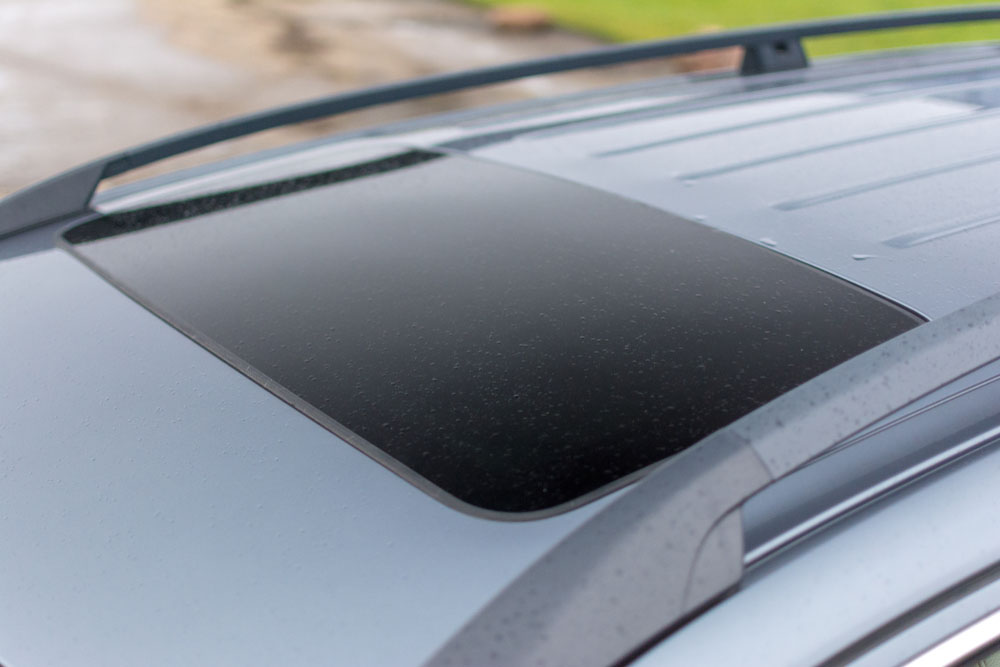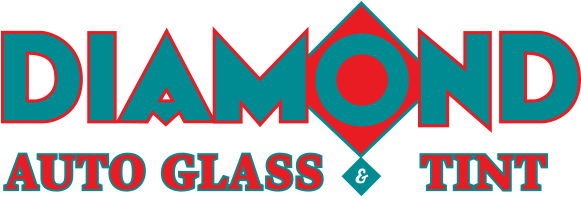Can You Tint a Sunroof? Myths and Legal Limits Explained

We hear this question a lot, and it’s easy to understand why. Drivers love the sleek look and practical benefits of a tinted sunroof, but there’s plenty of uncertainty about what’s actually allowed and what risks are involved. Between conflicting online information and the fact that every state has its own rules, confusion is common. At Diamond Auto Glass, we work with everything from windshield tinting to complete sunroof evaluations, and we’ve seen firsthand how misunderstandings can lead to problems that could have been avoided.
Whether you’re dealing with tint film questions or considering a bigger job like windshield repair and replacement in Flagstaff, AZ, it’s smart to start with clear facts.
What You Can and Can’t Do with a Sunroof
Sunroofs are made from tempered or laminated glass, each of which reacts differently to tinting materials. Many factory-installed sunroofs already include a built-in tint layer, which is designed for safe light and heat control. Trying to darken that glass further can interfere with its structure or heat absorption properties. According to the National Highway Traffic Safety Administration (NHTSA), improperly modified auto glass can compromise a vehicle’s crash safety rating by altering how the glass breaks under impact. On the other hand, some sunroofs are more adaptable to aftermarket tinting, but the material must be chosen carefully.
Using low-quality or incompatible films can cause excessive heat buildup, leading to warping, cracks, or stress fractures over time. Unlike standard side windows, sunroofs receive direct overhead sunlight for extended periods, so a poor choice can lead to warping, cracking, or a complete windshield replacement down the line.
Legal Limits Vary More Than You Might Think
While windshield tinting regulations are usually straightforward, sunroof guidelines are less defined. In Arizona, for example, the law specifies how much light must be allowed through front and rear side windows, but sunroofs and moonroofs are not directly regulated. However, law enforcement still has discretion to question modifications that appear unsafe, overly reflective, or obstructive to visibility. The International Window Film Association notes that legal requirements across states can differ significantly, and some areas may apply general visibility standards even if sunroofs aren’t explicitly mentioned. This gray area makes professional windshield installation and tinting guidance essential, since what passes in one state could raise concerns in another.
Why Professional Tinting Protects More Than Just Style
The do-it-yourself market is full of kits claiming quick results, but they rarely address critical safety standards. The American Automobile Association (AAA) reports that extreme cabin heat is a leading factor in auto glass stress and damage, and improperly applied tint can intensify that effect. A film that isn’t designed for high heat exposure may bubble, peel, or trap additional thermal energy, putting strain on the glass and possibly requiring windshield repair. Certified auto glass professionals use products tested for durability and safety, and they install them with precision to prevent weak points or uneven application. Beyond aesthetics, professional service helps protect the structural integrity of your glass, reducing the chance of future repairs or replacements.
Drive with Confidence
Have questions about tinting or the health of your auto glass? Whether you need honest answers or a quick inspection, we’re here to help you drive safer and smarter. Call the experts at Diamond Auto Glass today.

